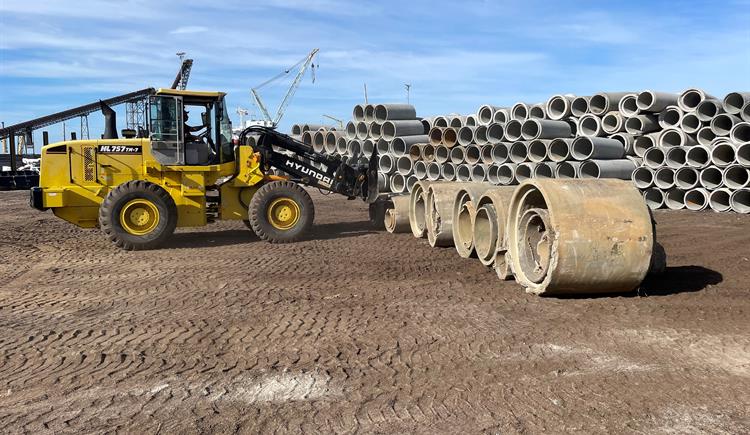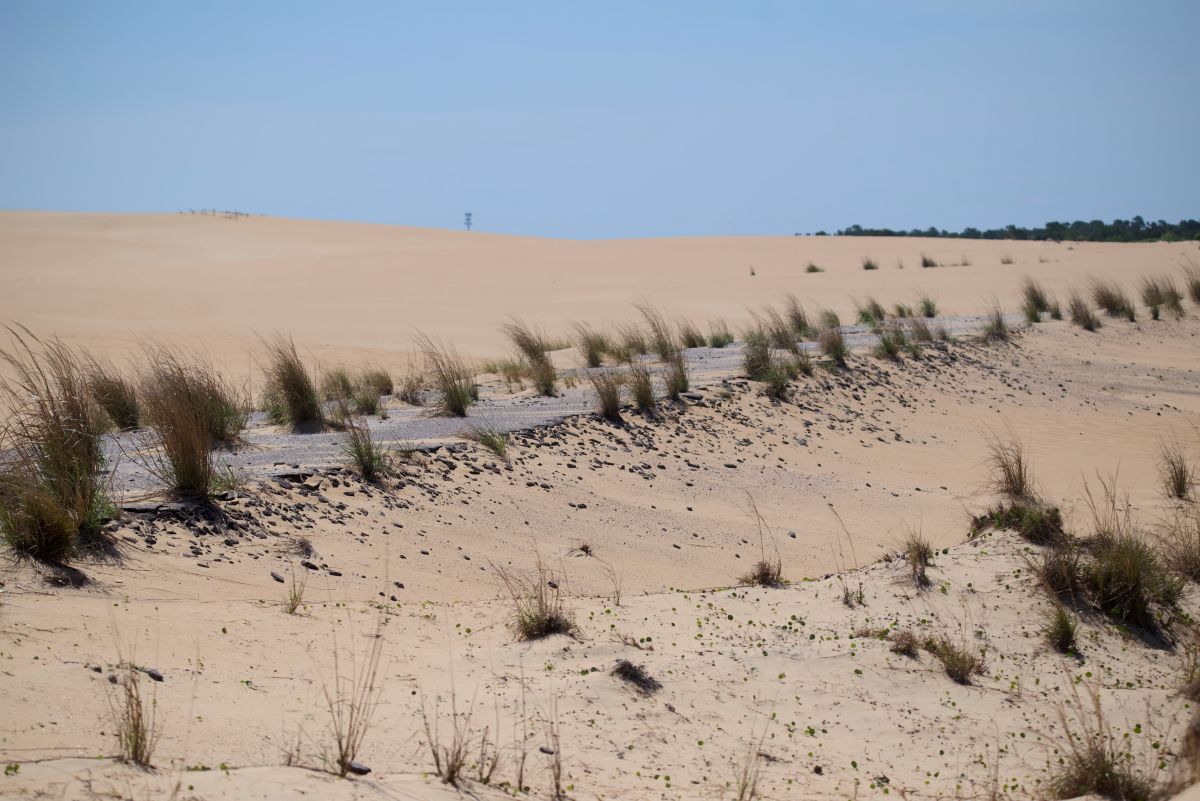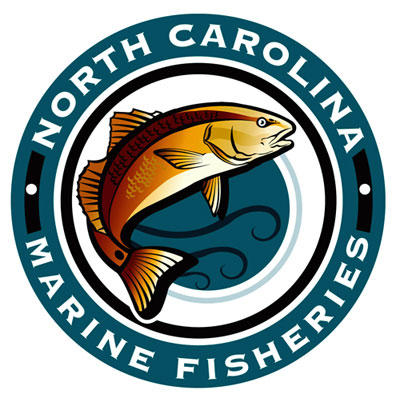
Two state agencies have joined together in a trash-to-treasure project to use discarded concrete pipes to build up existing artificial reefs off the coast.
The North Carolina Department of Transportation and the Division of Marine Fisheries, which maintains several artificial reefs that create habitat for fish and ideal fishing sites, are partnering in a new way to dispose of the tons of unusable culverts while helping support marine life of the coast, NCDOT officials said Monday.
Supporter Spotlight
Ken Clark, NCDOT’s district engineer based in Whiteville, said the idea for donating the pipe came about during a conference for coastal resiliency, when he learned that the Division of Marine Fisheries could repurpose his stockpile of precast concrete, barreled-shaped pipe to add to existing artificial reefs.
“We had considered many options on how to properly dispose of this unusable material, when we formed this unique collaboration with the Division of Marine Fisheries last year,” Clark said in a statement. “This program mutually benefits both state agencies.”
Staff with NCDOT’s maintenance yard in Columbus County hauled to the Port of Wilmington more than 1,000 tons of damaged concrete pipe to help build up two artificial reefs off the Brunswick County coast. The discarded culverts accumulated over the past several years as the result of a pipe replacement program and replacing pipes damaged during recent hurricanes, according to NCDOT. The Bladen County maintenance yard also sent more than 100 tons of similarly damaged pipe to the port last week for the same purpose.
Disposing of the material in a construction and demolition landfill would have cost NCDOT $65,000 in tipping fees. The department avoided paying those fees by hauling the more than 1,000 pieces of pipe from Whiteville to the port.
The Division of Marine Fisheries, part of the North Carolina Department of Environmental Quality, has leased space at the port to store the piping and received federal permitting to build up the artificial reefs. The division is also collecting at the port damaged concrete pipes from commercial plants for the same reef project.
Supporter Spotlight
According to the division, a marine contractor will use a barge this spring to transport, then unload the material at artificial reefs offshore from Oak Island and Shallotte.
Artificial reefs create habitat for fish by creating three-dimensional structures that replicate the ecological functions of food and refuge fish and other marine life need to survive. Artificial reefs are considered crucial spawning and foraging habitat for many commercially and recreationally important fish species, according to the release.







